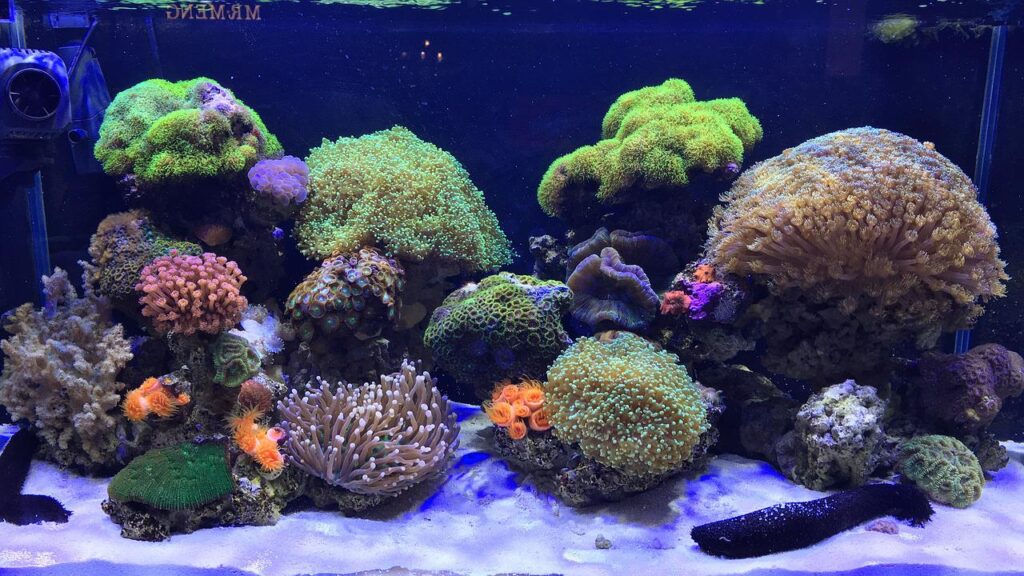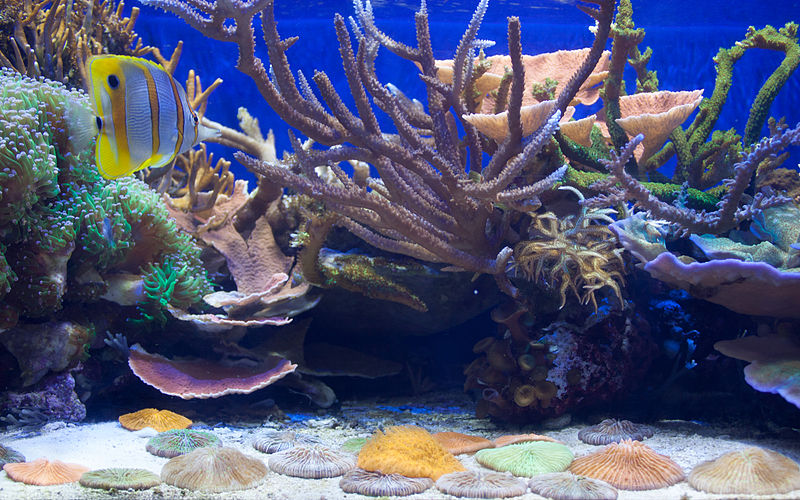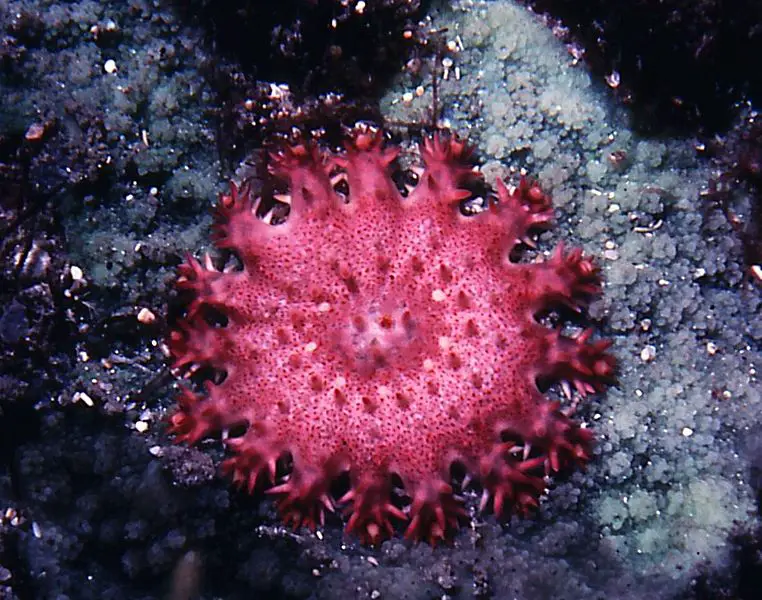If you’ve ever dreamed of keeping your own tank of coral, but aren’t quite sure of where to start – or whether or not you can even put coral in a freshwater tank – this is the guide for you!
In this detailed breakdown we share just about everything you need to know about putting coral in freshwater tanks, how crushed coral in freshwater tanks works, what happens when you add specific types of coral to a tank, and more.
Just lean on the inside information throughout this guide to help you with your coral decisions.
You’ll be rocking and rolling in no time!
Can You Put Coral in a Freshwater Tank?
The last thing you want to do is add coral to a freshwater tank!
Coral is not intended to be raised in freshwater tanks, mostly because of the fact that coral is made up almost entirely of calcium carbonate (the same kind of material found in seashells, pearls, etc.).
When coral comes into contact with water it creates a calcium bicarbonate. The hardness level of water skyrockets significantly when you’re talking about freshwater, and the environment just isn’t conducive to healthy, happy, and long-term lives for your coral.
No, adding saltwater coral into your freshwater tank is a surefire recipe for killing off your entire colony.
It’s not just a waste of beautiful coral, it’s destructive and wasteful at the same time.
Don’t add live coral to your freshwater set up!
Can You Use Crushed Coral in Freshwater Tanks?
Crushed coral in freshwater tanks is something else entirely, though.
Crushed coral is coral that has already died, coral that has been ground and processed, and coral specifically designed and intended to equal out the pH balance of water in your freshwater aquarium.
Now, just because you are going to be able to dump crushed coral into your freshwater set up doesn’t mean you want to do so willy-nilly or without a plan and strategy.
As we mentioned a moment ago, when calcium comes into contact with water it transforms from calcium carbonate into calcium bicarbonate. The calcium ions that get released into the water are going to harden the water significantly, raising the pH balance of your water and making it a lot less acidic.
This might be okay in small doses – but depending on the fish and other life you have in your freshwater aquarium you may need specific pH levels that can be thrown out of whack with too much crushed coral emptied into the tank at once.
You really want to be deliberate, you really want to be strategic, and you really want to carefully measure, track, and adjust the amount of crushed coral you end up adding to your tank.
The last thing you want to do is kill off all the life in your freshwater tank just because you added too much coral, never realizing the impact that it could have on water chemistry.
What Happens When You Add Dead Coral to a Freshwater Tank?
Introducing dead coral into a tank can totally transform the aesthetics of your aquarium, but it’s also going to wreak havoc on the pH levels and chemical composition of your water as well.
As we just mentioned a moment ago, adding any coral to your freshwater tank (dead or crushed coral) will inevitably jack up your pH levels, remove a lot of the acidity, but also add a tremendous amount of calcium into the mix as well.
Sometimes, though, nothing “hits the spot” to balance your water levels and your water chemistry more than adding chunks of dead coral. This is a natural way to get the pH balanced but also to add vital nutrients into the water in a slow, deliberate, and consistent way, too.
If you have a very low pH level or very low calcium levels a bit of coral can do the trick.
Once again, you have to be deliberate about adding dead coral into the tank, though.
First, you’ll want to dip the coral to make sure that it is completely clean and free of any bacteria, parasites, or anything else it might infect your tank with. Commercial dips are available, but you can also make your own dip (there are a variety of recipes available online) if you want to go down that road.
No matter what dip you use, make sure that you allow your coral to completely dry after it has been dipped before it makes its way into your freshwater tank. You don’t want to be introducing even trace elements of the dip into a freshwater environment.
You’ll also want to carefully track your pH levels and your calcium levels over time. If you find your pH levels are rising too much, or your calcium levels are getting out of control, it might be a good idea to remove that dead coral for a time before dunking it back in.
Just be sure to dip it again if it’s going for another splash in the freshwater tank!
Can Plants Grow in Crushed Coral?
Because of the hardness of dead coral, as well as the high pH balance and the extreme amount of calcium carbonate in dead coral, this isn’t the best thing to use as a substrate for your freshwater plants.
Yes, it’s true that low pH levels and very soft water can contribute to a condition called “root rot” that can inevitably lead to an even worse problem with extreme algae growth. And it’s true that you can raise your pH levels and hardened your water consistently and deliberately with a bit of crushed coral.
At the same time, though, crushed coral in too large a quantity (the amount you’d need to use it as substrate for your plants in a freshwater aquarium) would inevitably throw your pH balance out of whack, add far too much hardness to your water, and would also inevitably end up poisoning your plants, too.
A little bit of coral – crushed or dead – can add a unique aesthetic to your tank. Too much, though, and you run into all kinds of bad situations.



